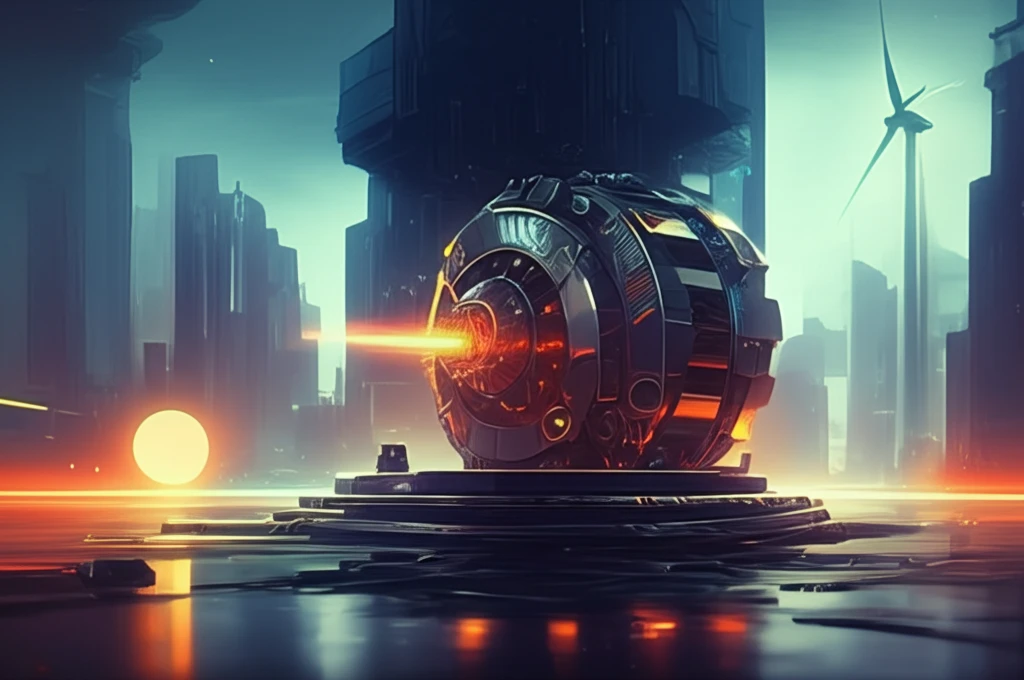![]()
Beyond Silicon Steel: How Advanced Magnetic Materials are Shaping the Future of Motors
"Discover the innovative materials enhancing motor efficiency, durability, and performance, and why they matter for electric vehicles and beyond."
For decades, silicon steel has been the workhorse material in electric motors. However, as technology advances and demands for greater efficiency and performance increase, a new generation of materials is stepping into the spotlight. Metal amorphous nanocomposites (MANCs) are emerging as a game-changer in motor design, offering properties that silicon steel simply can't match.
MANCs promise to reduce energy losses, improve thermal stability, and enable the creation of smaller, more powerful motors. This is particularly crucial in sectors like electric vehicles (EVs), where optimizing every component for maximum efficiency is paramount. As the world transitions towards electrification, understanding these advanced materials becomes essential for anyone interested in the future of technology and sustainability.
This article dives into the world of MANCs, explaining their unique properties, the challenges of working with them, and their potential impact on various industries. Whether you're an engineer, a tech enthusiast, or simply curious about the materials that will power tomorrow's innovations, this exploration will provide valuable insights into a field at the forefront of materials science and engineering.
What Makes MANCs the Next Big Thing in Motor Technology?

MANCs offer several key advantages over traditional silicon steels, making them ideal for high-performance motor applications:
- Higher Saturation Induction: MANCs can handle higher magnetic fields without saturating, enabling motors to produce more torque and power from a smaller size.
- Better Thermal Stability: MANCs maintain their magnetic properties at higher temperatures compared to amorphous alloys, ensuring consistent performance even under demanding operating conditions.
- Design Flexibility: These materials can be formed into thin ribbons, allowing for more compact and innovative motor designs.
The Road Ahead: Overcoming Challenges and Realizing the Potential of MANCs
While MANCs hold tremendous promise, several challenges need to be addressed before they can fully replace silicon steel in widespread motor applications. Embrittlement—a tendency to become brittle during processing—is a significant concern. Researchers are exploring various techniques, such as optimizing the alloy composition and refining the annealing process, to improve the material's ductility and toughness. Additionally, surface roughness can affect mechanical properties, and achieving consistent material quality is crucial for reliable motor performance.
